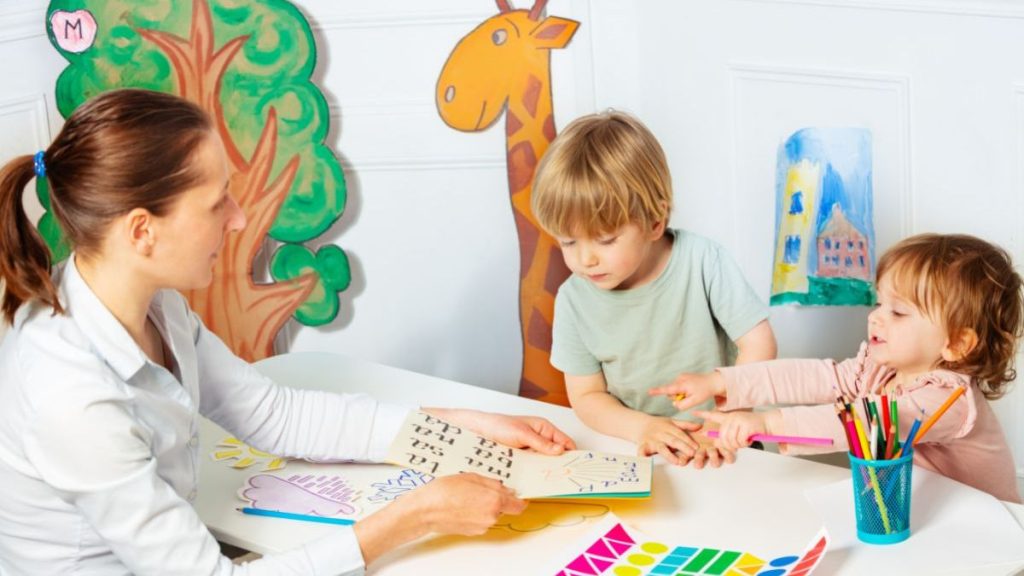While most parents believe their children get plenty of rest, a new Brown University study reveals a troubling gap between perception and reality.
The research, published in Frontiers in Pediatrics, found that only 14% of U.S. elementary-aged children are actually getting the recommended amount of sleep, despite 83% of parents believing their child’s sleep is sufficient.
The findings paint a clear picture: America’s children are more sleep-deprived than most families realize — and this silent problem could have lasting consequences on their health, learning, and development.
How the Brown University Study Was Conducted

Researchers from the Brown University School of Public Health monitored 102 children aged 6–12 for one week, tracking their real sleep patterns using wrist-worn accelerometers.
Parents were also asked to complete daily sleep diaries and surveys about bedtime routines and perceived sleep quality.
The aim, according to Dr. Diana S. Grigsby-Toussaint, the study’s senior author, was to determine whether parents’ perceptions matched their children’s actual sleep data.
“What parents often don’t see is how long it takes for kids to fall asleep or how often they wake up during the night,” Grigsby-Toussaint said.
The result? A startling mismatch between what parents thought and what the devices showed.
The Reality of Children’s Sleep Time
According to the American Academy of Pediatrics, children aged 6 to 12 should get 9 to 12 hours of sleep per night.
But Brown’s data showed that, on average, children were only sleeping 8 hours and 20 minutes — 40 to 100 minutes less than the recommended range.
Parents, however, reported that their kids slept over 9½ hours each night.
The discrepancy came from periods that parents failed to recognize — particularly the time children spend tossing, turning, or lying awake.
The Hidden Minutes of Wakefulness
Data from the accelerometers revealed that children were awake for an average of 38 minutes per night, while parents estimated just five minutes.
That difference adds up over the week — and can have a major impact on a child’s alertness, focus, and emotional health.
Researchers believe that many parents equate “bedtime” with “sleep time,” not realizing how long it can take for children to actually drift off.
Why This Sleep Gap Matters
Insufficient sleep in children is linked to a host of issues:
- Weakened attention and learning capacity
- Mood swings and irritability
- Weakened immunity
- Weight gain and metabolic issues
Chronic lack of sleep can even influence mental health and school performance, making early intervention critical.
Racial and Ethnic Differences in Children’s Sleep
The study also explored racial and ethnic disparities — an often overlooked aspect in sleep research.
Among the 102 participants, 56% were Latino, and the findings revealed that Latino children slept less than their non-Latino peers.
- Latino children: Averaged just 8 hours and 4 minutes per night.
- Non-Latino children: Averaged 8 hours and 30 minutes per night.
- Meeting national sleep guidelines: Only 4.4% of Latino children did so, compared to 22.8% of non-Latino children.
These figures underscore how sleep quality and duration can vary across cultural and socioeconomic backgrounds.
Why Latino Families Report More Sleep Concerns
Interestingly, Latino caregivers were more likely to express concerns about their child’s sleep and report issues like nighttime waking.
In contrast, non-Latino parents tended to underreport sleep problems, suggesting cultural and perceptional differences in how families monitor or define “good sleep.”
Researchers also highlighted cultural factors that may influence sleep patterns:
- Later bedtimes due to household routines or shared schedules.
- Co-sleeping or room-sharing, common in many Latino families.
- Environmental noise and lighting differences between households.
These factors may affect both the quantity and quality of a child’s sleep.
Technology Limitations in Measuring Sleep
While wrist accelerometers are widely used for sleep tracking, the researchers noted their limitations.
The devices can’t always distinguish between wakeful rest (lying still but awake) and true sleep.
This means that even the study’s measured data may slightly overestimate sleep duration, suggesting the problem could be even worse than the numbers show.
Parents Overestimate Sleep — But Why?
Most parents rely on visual cues — seeing their child in bed or quiet — as proof of sleep.
However, kids often experience hidden sleep disruptions, such as:
- Mild anxiety or overstimulation from screens.
- Restless legs or light sleep cycles.
- Environmental disturbances like noise or temperature shifts.
Without realizing it, many parents mistake restfulness for sleep, which widens the perception gap.
How Families Can Help Improve Kids’ Sleep
Dr. Grigsby-Toussaint emphasized that addressing sleep issues doesn’t require expensive interventions — just consistent, mindful routines.
Parents can support healthier sleep by:
- Maintaining regular bedtimes and wake-up times, even on weekends.
- Creating bedtime rituals like reading or quiet music to signal “wind down” time.
- Encouraging physical activity and outdoor play during the day.
- Limiting screen use at least one hour before bed.
- Ensuring the room is dark, quiet, and cool to promote deeper rest.
“This comes down to following tried-and-true sleep tips to support healthy habits,” Grigsby-Toussaint said.
“Consistency is key, along with giving children an environment that truly promotes rest.”
The Broader Implications for Public Health
The researchers say their findings carry implications beyond individual families.
With such a large portion of children not meeting national sleep standards, it highlights a public health challenge.
Sleep deprivation among kids can:
- Lower academic performance.
- Increase behavioral issues.
- Exacerbate inequalities in education and health outcomes.
Experts argue that addressing this issue will require collaboration between schools, healthcare providers, and parents to raise awareness about sleep hygiene and its impact on child development.
What’s Next for Research
The team hopes to expand future studies by:
- Including larger, more diverse samples.
- Incorporating objective sleep measures alongside parent reports.
- Studying the impact of home environments and screen habits.
They also plan to explore how socioeconomic status, housing quality, and parental work schedules shape bedtime routines and children’s sleep quality
The Bottom Line
This Brown University study offers an important wake-up call for American parents.
While many believe their children are sleeping enough, the data tells a different story — one of widespread under-sleeping and unnoticed wakefulness.
By acknowledging this gap and fostering better bedtime habits, families can help their children achieve the full, restorative sleep they need to thrive physically, mentally, and academically.
Frequently Asked Questions (FAQs)
Q1: How much sleep should a 6–12-year-old child get each night?
According to the American Academy of Pediatrics, children aged 6–12 should get 9–12 hours of sleep per night.
Q2: How much sleep did children actually get in the Brown University study?
On average, children got only 8 hours and 20 minutes of sleep per night — more than an hour less than recommended.
Q3: Why do parents overestimate their children’s sleep?
Parents often assume “bedtime” equals “sleep time,” overlooking how long it takes children to fall asleep or how often they wake up during the night.
Q4: What cultural factors affect children’s sleep?
Cultural habits like later bedtimes, co-sleeping, and room-sharing—particularly in Latino households—can influence both sleep duration and parental perception.
Q5: How can parents help improve their child’s sleep quality?
Experts recommend consistent schedules, limiting screen time, ensuring comfortable environments, and encouraging physical activity during the day to promote better rest.


















